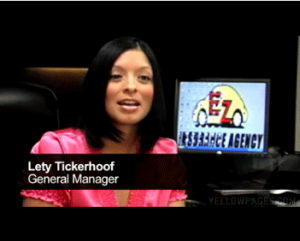No matter how careful a driver you are, there may come a time when you are involved in an accident. It could be due to poor weather, another driver’s carelessness, road debris, or your own negligence. No matter the cause, auto accidents can be extremely stressful, so unsurprisingly the best thing to do after one occurs is to try and keep calm. Although we hope you’ll never need the following checklist for what to do when you’re in an accident, all licensed drivers should read through it; after all, better safe than sorry!
Most accidents are minor – but the first thing to do is still to check for any injuries. Next, check the damage to both vehicles. If the damage is minimal, move both vehicles out of traffic to a parking lot, side street, or the shoulder of the highway. Not only will other drivers thank you for freeing up a potential traffic block, getting off the road is important for your safety and to prevent further damage to your car. When this isn’t possible, if you have traffic cones or warning triangles put them out behind your car to alert other drivers. At the very least, put your hazard lights on.
Do not leave the scene of the accident until you have spoken with the other driver and gotten in contact with the right people:
- Call the police, even if the accident is minor. They will let you know if an officer needs to be present.
- If there are any injuries that you are unsure of the severity of, call 911 to get an ambulance on the scene.
- Get in touch with your insurance agency. You don’t necessarily need to submit a claim at the scene of the accident, but it’s good to let your agent know what’s going on.
- While waiting for help to arrive, it’s a good idea to take pictures of the damage and accident scene and to jot down any other relevant information, such as the accident location. Unfortunately, car accidents can bring out the worst in people, so no matter how angry or rude the other driver might be, it’s extremely important to remain calm and civil.
Do not admit any fault to the other driver, or try to hash out blame. Do exchange the following information with the other driver:
- Your name
- Vehicle information (make/model, VIN, etc.)
- Insurance information, including company name and phone number, agent name/phone number (if applicable), and policy number. You do not need to tell the other driver what your policy limits are.
- You do not need to give your personal contact information or phone number to the other driver or witnesses. Insurance contact information is sufficient.
Once information has been exchanged and both parties agree to the next steps, you can leave the scene. If you vehicle is not operable, call roadside assistance or towing. (If you don’t have roadside assistance on your policy currently, now might be a good time to consider adding it– roadside assistance is an optional coverage that is usually very inexpensive and is a lifesaver if you do get into an accident.)
Keep driving safely out there!



